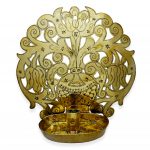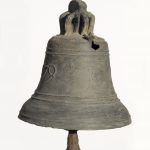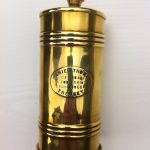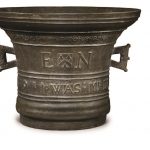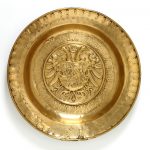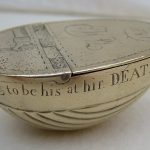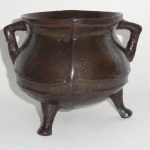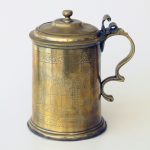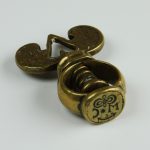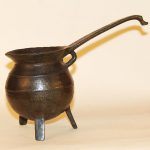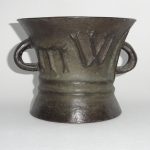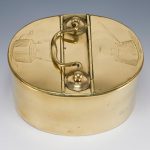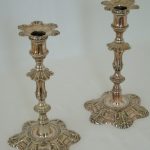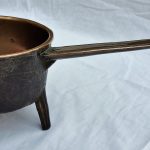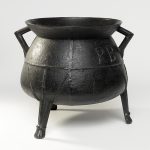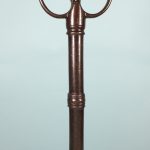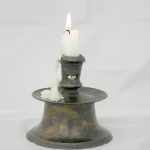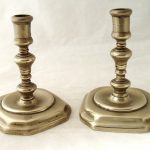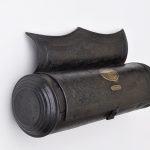Kettle Tilter
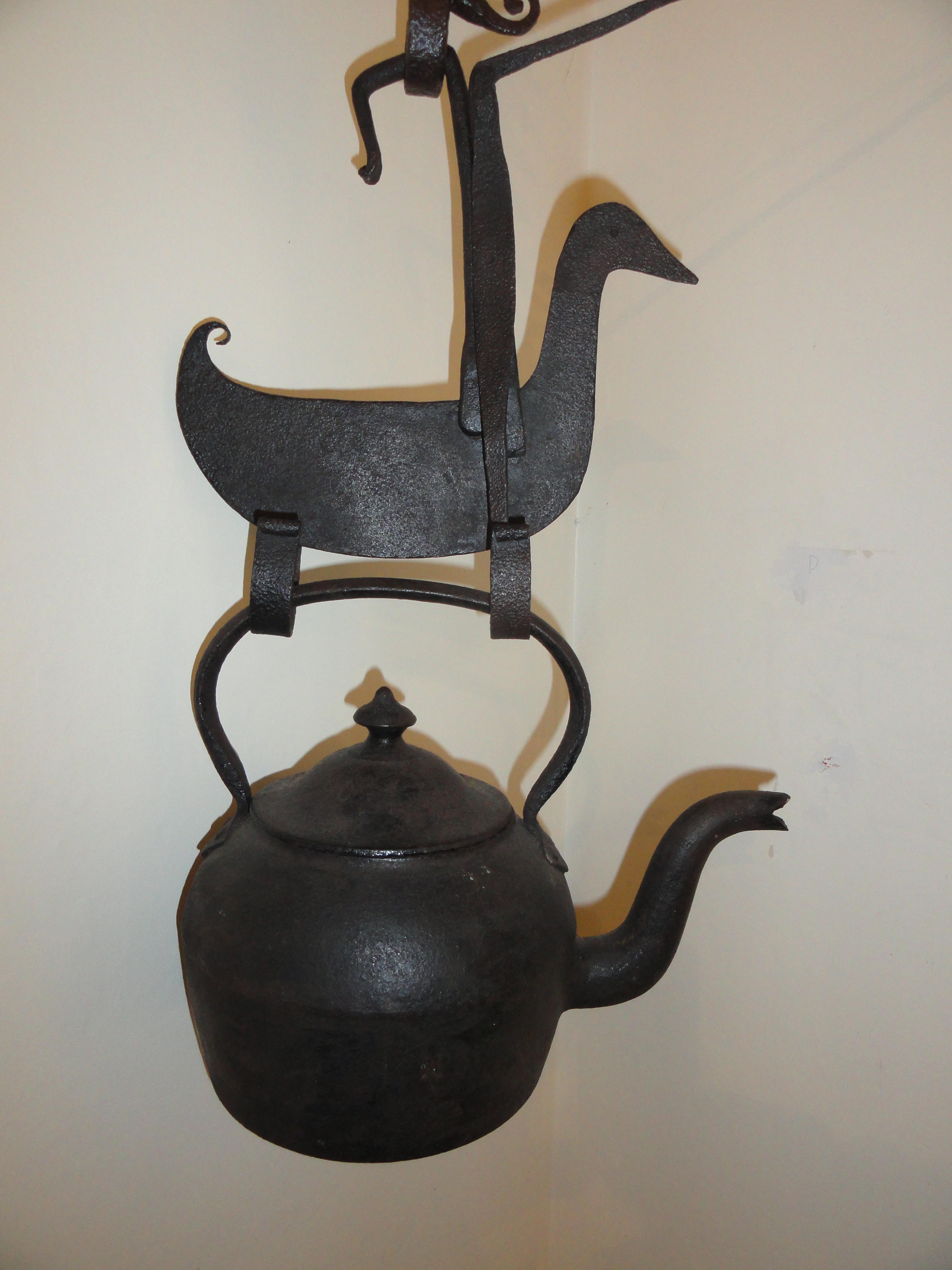
Explanation:
The 18th century saw the kettle evolve from an open-topped vessel to an enclosed one with lid and spout. This made it easier to pour hot water into smaller vessels such as tea and coffee pots. The kettle-tilter enabled this to be done without removing the kettle from the fire. Kettle-tilters are also known as ‘lazy-backs’, but they were in fact a practical means of avoiding the risk of burns and scalds, as kettles were often too hot and heavy to be lifted safely off the fire.
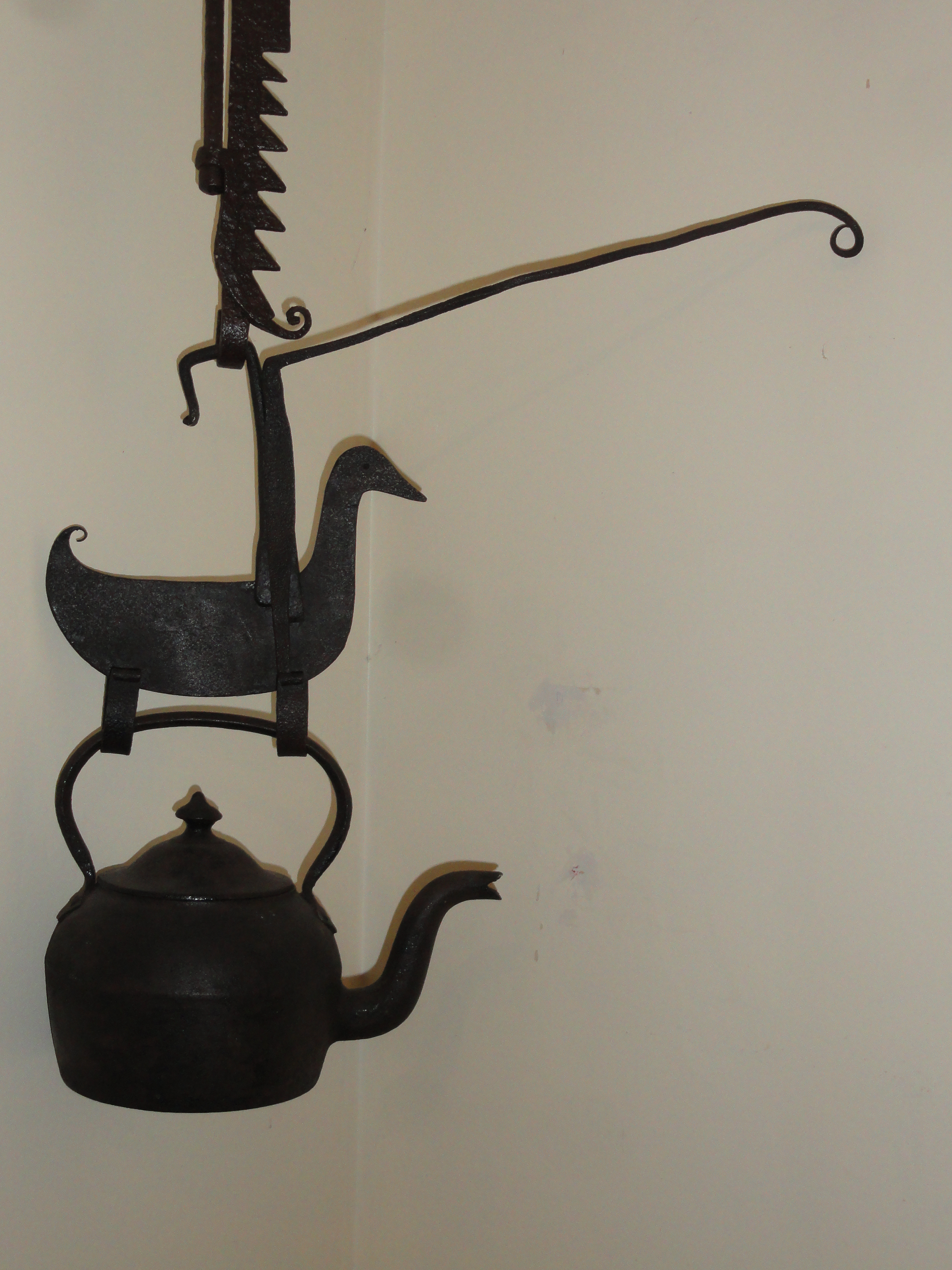
The present example is shown suspended from a trammel (an adjustable chimney-hook). The tilter has an adjustable stop to prevent the kettle from slipping and tilting too far. An unusual and attractive feature of the design is the silhouette of a duck, which dips when the arm is operated. The Anne of Cleves House Museum in Lewes, East Sussex, has a kettle-tilter incorporating the shape of a horse.
References:
- Rachel Feild, Irons in the Fire, Crowood Press, Ramsbury, Marlborough, Wiltshire, 1984. ISBN 0-946284-55-5, pp. 97 fig.72 and 100-102
- J Seymour Lindsay, Iron and Brass Implements of the English House, Medici Society, London 1924, revised and enlarged edition Alec Tiranti, London 1964, pp. 13, 28, fig. 43, 44, 45

